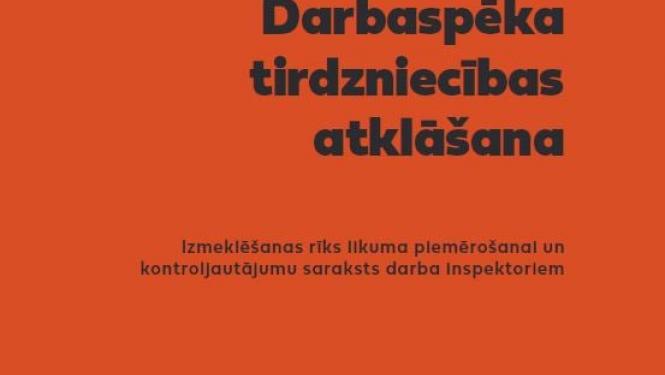“Guidelines for the Prevention of Trafficking in Human Beings 2014-2020” developed by the Ministry of the Interior were approved by Cabinet Order No. 29 of 29 January 2014 on “Guidelines for the Prevention of Trafficking in Human Beings 2014-2020” (supported by the Cabinet of ministers of 14 January 2014).
“Guidelines for the Prevention of Trafficking in Human Beings 2014-2020. the aim of the Year is to prevent and combat trafficking in human beings, to protect and help victims of trafficking in human beings, in full respect of their human rights, and to promote cross-sectoral cooperation to achieve this objective.
The guidelines consist of three major blocks:
- Prevention of trafficking in human beings, including information and awareness-raising, training of specialists and rehabilitation and protection of victims of trafficking in human beings.
- Combating trafficking in human beings, which includes investigating, prosecuting and prosecuting perpetrators.
- Cooperation coordination and information gathering, which includes cross-sectoral cooperation, since the prevention and combating of trafficking in human beings depends on the action and competence of a number of governmental and local authorities and the non-governmental sector.
The portrait of human trafficking remains unchanged in Latvia. . The most important reasons why people become victims of trafficking are related to the socio-economic situation in the country. “Latvia is still the country of origin of the victims of trafficking in human beings and the victims of trafficking in human beings from Latvia are being exploited abroad, but Latvia is likely to become the target country for human trafficking in the future,” notes Dimitri Trofimov, director of the Ministry of Interior's Industry Policy Department, s. Therefore, the guidelines also focus on preventing and combating the exploitation of human trafficking workforce, with the identification of labour exploitation incidents as an important step and the need to improve public awareness of trafficking for labour exploitation purposes.
Statistics show that trafficking in human beings is unfortunately not declining. . At the same time, it shows that the measures taken to prevent and combat trafficking in human beings are effective, as specialists of the competent state and local government authorities are able to identify injured persons and inform them about the assistance, support and protection available in Latvia, and explain their rights to victims of trafficking. s. As a result of information campaigns and events, the public is becoming more knowledgeable and Latvian nationals are increasingly aware that they have become victims of abuse, as well as seek assistance and protection provided by the State.
The guidelines have been developed in close cooperation with the non-governmental sector, which has accumulated significant experience in providing support to victims of trafficking in human beings since 2002. The
guidelines for the prevention of trafficking in human beings have been developed in accordance with the Government Action Plan Declaration on the planned activities of the Cabinet led by Valdis Dombrovskis and the measures contained in the document have been aligned with the European Union Strategy for Human Rights for the eradication of trafficking in human beings in 2012-2016, the Council of Europe Convention on the fight against trafficking in human beings and the Protocol to the UN Convention against Transnational Organised Crime on the Prevention, Combating and Punishing of Trafficking in Human Beings, in particular trafficking in women and children.



